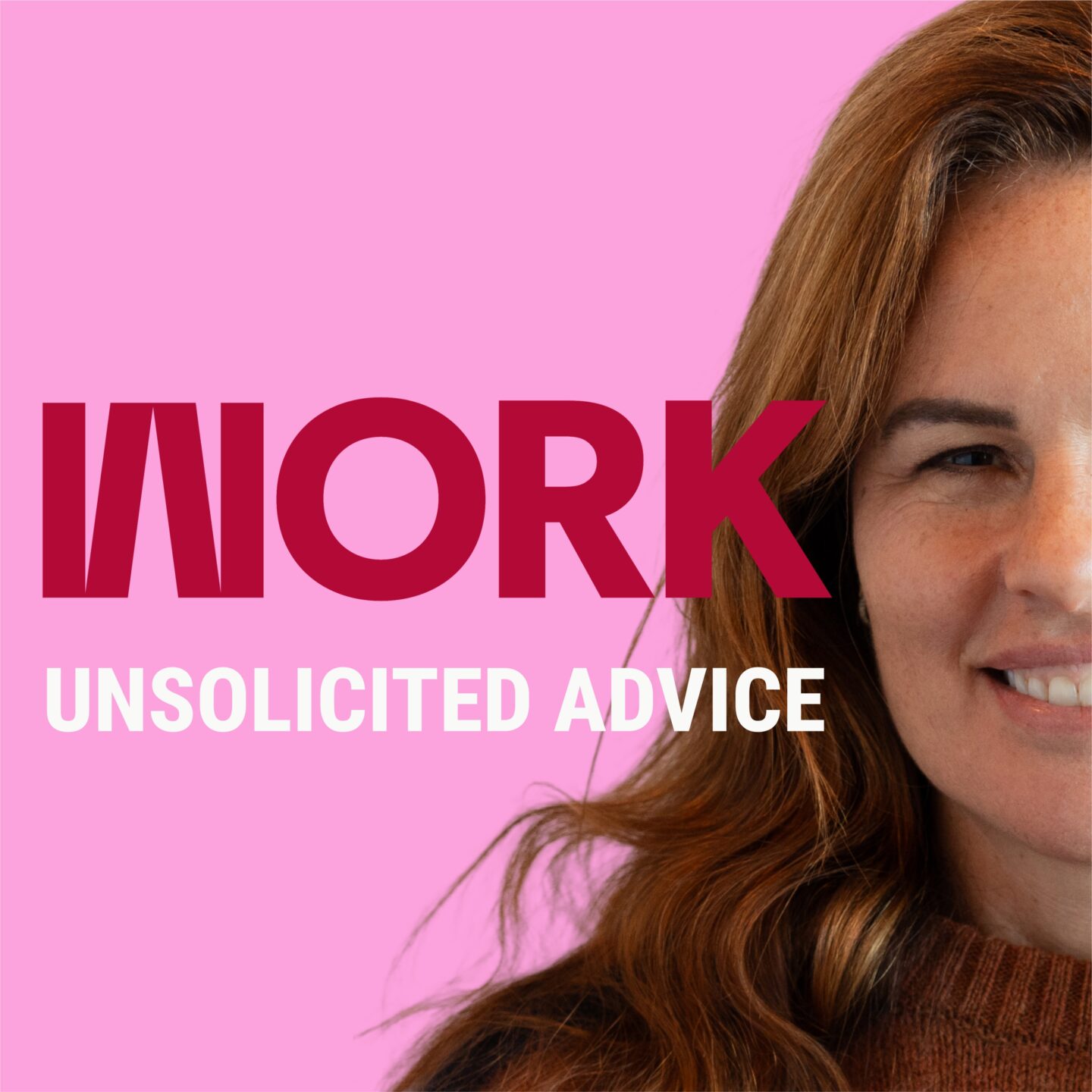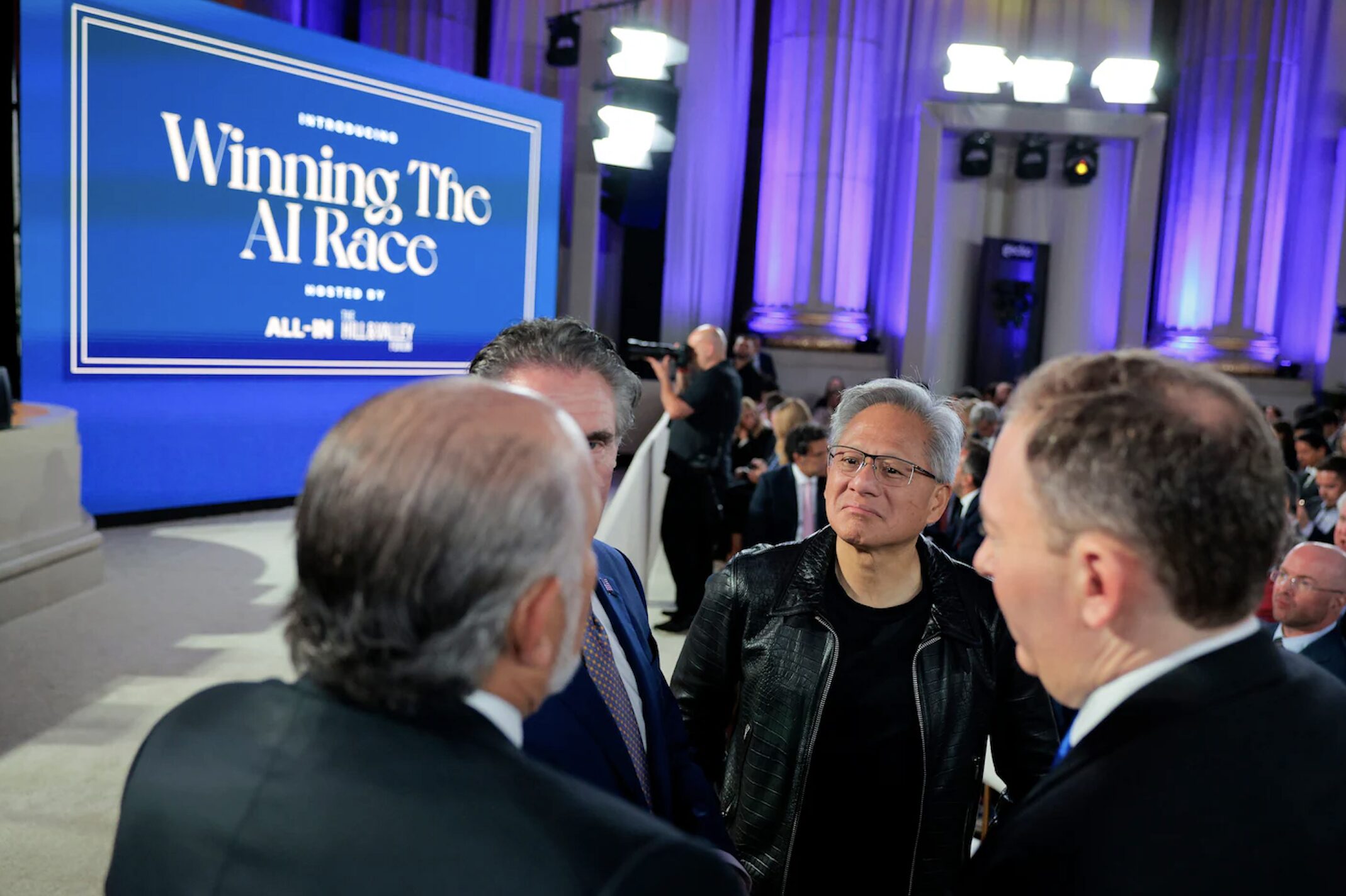
Dr. Sanjay Gupta: Why Haven’t We Cured the Common Cold?
The average person gets two to four colds a year. With all the missed school and work, that adds up to an economic impact of…
Thought Leader: Sanjay Gupta
Just as new COVID infections soar in many communities across the United States, millions of students are returning to school. Most are too young to be vaccinated, and the nation’s fragmented response to the pandemic has complicated how families must navigate the risk when attending classes in-person this fall.
Nationwide, 53 percent of children ages 16 and 17 and 43 percent of children ages 12 to 15 have received at least one vaccine dose, according to the American Academy of Pediatrics. Experts say the Food and Drug Administration likely won’t authorize a COVID-19 vaccine for younger children until late this year.
The highly transmissible delta variant has driven up cases across the country, while many people, weary of the prolonged pandemic, have started to let their guard down. The current combination of factors make this moment possibly “the most dangerous time in the pandemic since it began,” Dr. Leana Wen, professor of public health at George Washington University, told PBS NewsHour correspondent William Brangham Wednesday.
And yet “we know so much more than we did at the beginning of last school year” about how to protect children from getting sick, said Wen, whose new memoir, “Lifelines,” outlines lessons she learned while she served as Baltimore’s commissioner of public health.
Here are five takeaways from their conversation.
One of the lessons learned during the COVID-19 pandemic is that layering different forms of protection works, Wen said. That means parents, teachers and school administrators should have a checklist of data-driven tools to shield kids and the adults in the classroom from coronavirus infection and long COVID, especially since millions of children are not eligible for vaccines yet.
Proper and well-fitting face masks, ventilation, maximizing time outdoors and vaccines for those who are eligible can protect kids, she said. Each strategy — the various layers of available protections — reduces the chances that a child will catch or spread the virus when they are back at school. And if an unvaccinated child spends hours in the classroom, parents need to scale back other possible high-risk activities, like indoor playdates or sleepovers with other unvaccinated children.
“Know that risk is cumulative,” Wen said.
How can schools play their part in protecting their community and reducing the risk of an outbreak? They can start by improving ventilation and air flow in buildings and classrooms. Schools can ensure that all staff members are vaccinated. And they can conduct regular testing of students and teachers to catch cases before other people get sick. Wen said that making sure your school is taking some, if not all, of the available precautions is a good measure of how safe it will be to send your child back in certain settings.
As Baltimore’s public health commissioner, Wen said that she was responsible for keeping kids in schools safe and healthy. To accomplish that, she worked with community leaders, teachers and administrators to offer services to students through mobile clinics and resources at schools. That way, students received the health care they needed. Wen noted that for many parents, getting their kids vaccines “is not top of mind” compared to other priorities. She said that making vaccines — like the one for COVID-19 — mandatory, and then bringing a vaccine clinic to the schools where children already are, is an effective way of bringing care to the community, rather than urging people to find a means to get that care.
Many adults would resist if, when they were asked to return to work, they would have to sit in a room for hours on end with 20 other maskless people who had not been vaccinated. But, Wen said, that is exactly what so many people are expecting children to do at this phase in the pandemic. She urged school administrators, parents and communities to be vocal advocates for mask and vaccine mandates in schools, saying, “We don’t have a lot of tools at our disposal. Why wouldn’t we want to use them all to protect our children?”
On Wednesday, federal health officials announced plans to offer booster doses to the general population, counting eight months from the second of their two-dose COVID-19 vaccines. That effort would start the week of Sept. 20. Wen has long supported booster doses, especially in light of evidence that suggests immunity begins to wane six months after the second dose for people who received two-dose mRNA vaccines earlier in the pandemic.
Dr. Sanjay Gupta: Why Haven’t We Cured the Common Cold?
The average person gets two to four colds a year. With all the missed school and work, that adds up to an economic impact of…
Thought Leader: Sanjay Gupta
Erika Ayers Badan: How to Keep Creativity Alive
Hi! Ever felt like you’re on a Disney ride through every big-company headache imaginable? Think lawyers, bankers, finance goons, stale conference rooms, staid conversations and…
Thought Leader: Erika Ayers Badan
Chris Miller: Trump’s Nvidia Chip Decision Lands Hard
In a new article, “Allowing China access to advanced semiconductors puts national security and U.S. AI industry at risk,”Chris Miller — author of Chip War…
Thought Leader: Chris Miller

